Making Fermented Radish and Leek Sauerkraut
I honestly think fermented radishes, on their own, smell entirely too terrible to justify making them. So the only way I ferment radishes is to add them to delicious fermented radish and leek sauerkraut. The sauerkraut smells a bit in the beginning, but then it starts to smell great.
In my little patio garden, I always have radishes and leeks growing in early spring, so this is the perfect sauerkraut for spring!
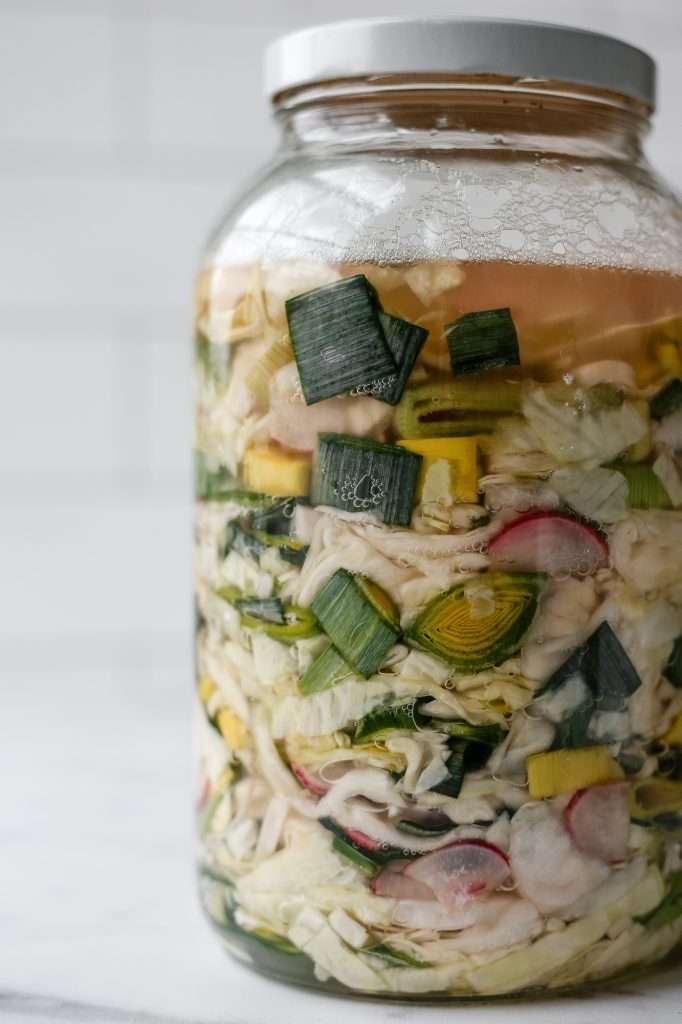
Fermented Radish and Leek Sauerkraut Ingredients
Now, I never suggest trying to lacto-ferment Radishes by themselves. Simply because fermented radishes smell so gnarly when fermented. However, when you incorporate a bit of radish into sauerkraut, it works beautifully and smells much better!
Fresh radishes are best, and I recommend avoiding triple-washed radishes in a bag. Try to buy loose radishes that still have their green radish tops. You won’t use the tops in the recipe, but the tops help indicate freshness.
Supplies You Need to Make Sauerkraut with Radishes and Leeks
Fermented Radish Sauerkraut
Sauerkraut naturally takes time. I recommend fermenting your sauerkraut for at least 14 days before eating, with 21-28 days being the best fermentation time for optimal flavor and health benefits.
By checking the progress of microbial stages under the microscope, we have provided you with a handy timeline below! If you follow our recipe and directions, your timeline of sauerkraut fermentation should approximately match ours!
Note that temperature will influence how fast or slow sauerkraut ferments. This timeline is applicable between 70-80° F. If you keep your home colder, the process is slower. If your home is warmer, it will be faster.
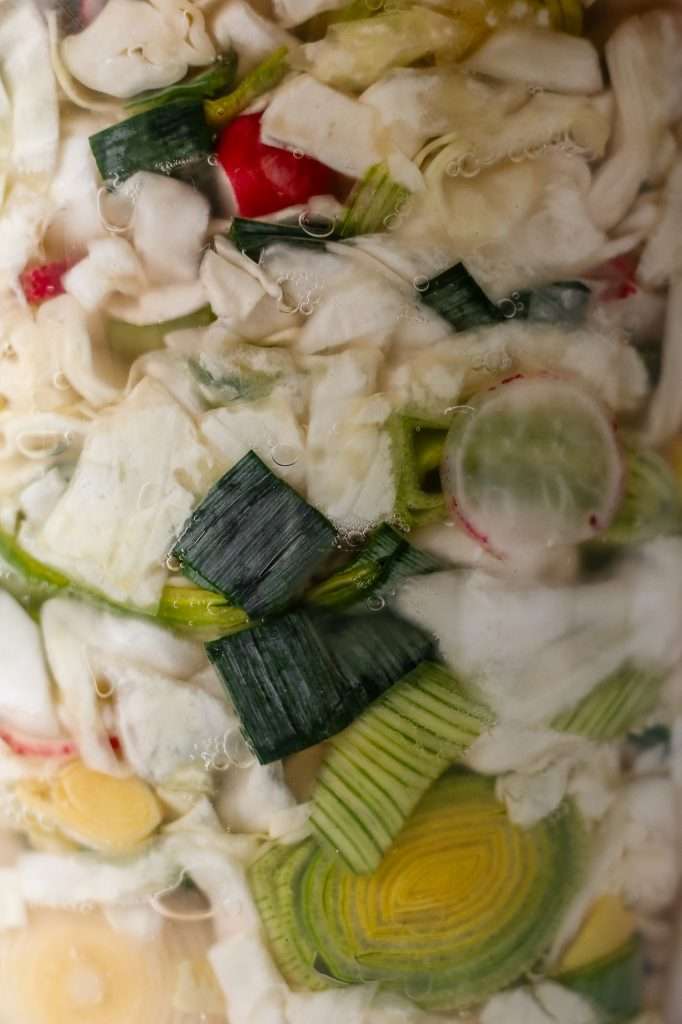
My Leek and Radish Sauerkraut Recipe Fermentation Timeline
24 – 48 hours: All contents in the jar should be submerged beneath the brine. At this time, there are still Gram-negative bacteria and possible pathogens present.
48 hours – 5 days: After 48 hours, you should start to see lots of bubbles being produced. This is when the ferment enters stage two of vegetable fermentation. Leuconostoc bacteria begin to thrive, and Gram-negative organisms die off.
5 – 10 days: The bubbles in the brine will decrease as the ferment leaves stage two and enters stage three. The ferment will become cloudy, the color will change, and a pleasant sour smell will develop. You should also recognize some delightfully funky onion smells from the radishes and leeks. Lactobacillus species begin to thrive at this time.
10 – 21 days: Next, Lactobacillus make up most or all of the microbial population. They produce copious amounts of lactic acid, making the fermented cabbage smell even more pleasantly sour. This is when the vegetable mixture becomes sauerkraut and is preserved.
21 – 28 days: This is when you want to smell and taste test. Wait for the kraut to smell and taste as you like, and refrigerate when you find the smell and taste most pleasant! We like ours best when we refrigerate at about 25 days.
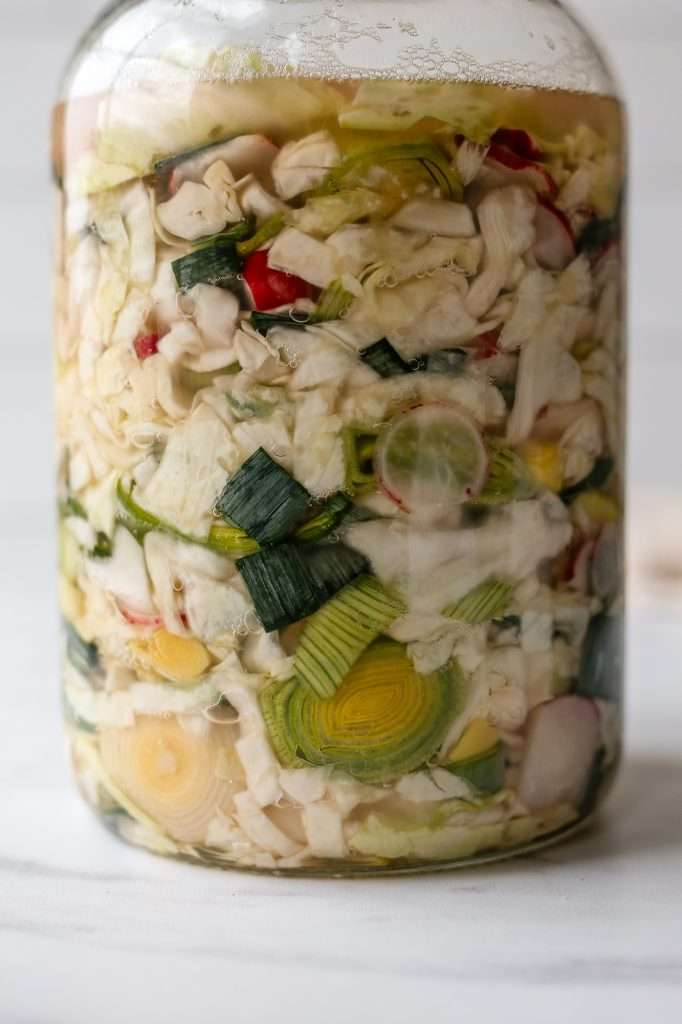
Fermented Radish Sauerkraut Care Instructions
During the first few days of fermentation: carbon dioxide and bubbles will be produced. Sometimes mason jars will become very full of liquid, and this liquid can seep out. You will need to burp the jar. I suggest securing the lid to the jar, but leaving it ever so slightly loose so the carbonation does not build.
- When burping the jar, remove the lid and tamper everything back down using a clean tamper or spoon. Make sure everything, including the weight, is still submerged below the brine. You can also rinse off the lid daily to keep things clean.
Always Trust your sense of smell: In the beginning fermenting cabbage smells funky. When fermentation is finished, fermented cabbage should smell pleasantly sour and like strong cabbage. Never eat anything that smells repulsive or yeasty.
Never eat anything that has mold growing on it: By following directions, you should not encounter this problem.
After 3-4 weeks, remove the fermentation weight, smell, and taste test. Your fermented cabbage should smell pleasantly sour. It should taste tart, salty, and cabbage. Store it in the fridge.
More Sauerkraut Recipes to Try
- How to Make Old Fashioned Sauerkraut with Caraway Seeds
- Fermented Beet and Red Cabbage Sauerkraut
- Turmeric Napa Cabbage Sauerkraut
- Homemade Kimchi Inspired Spicy Sauerkraut Recipe
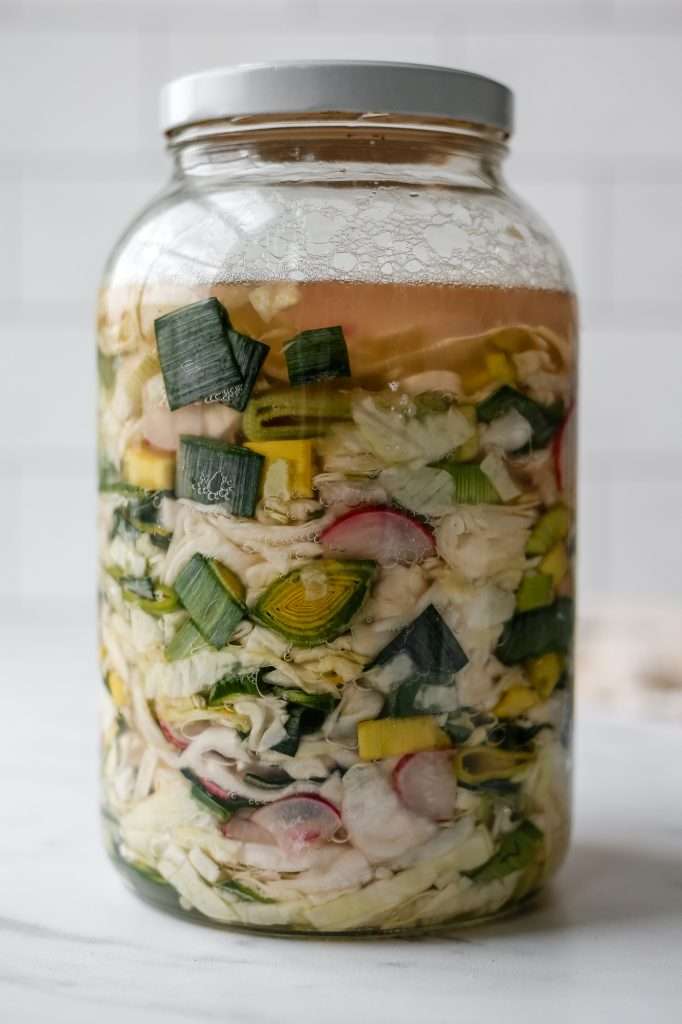

Fermented Radish and Leek Sauerkraut, One Gallon Recipe
Enjoy the earth, umami flavors of this fermented radish and leek sauerkraut. This sauerkraut with fermented radishes is long fermented for 21 days, giving it the best flavor and making it perfect for gut health.
- Prep: 10 minutes
- Total Time: 504 hours 10 minutes
Ingredients
- 1200 grams cabbage
- 72 grams sea salt
- 800 grams filtered water
- 450 grams radishes, sliced
- 450 grams leeks, sliced
Instructions
- This is a one-gallon recipe. If you want to make less, divide everything by 4 to make one quart.
- Wash your fermentation equipment (jar, weight, and lid)
- Remove the outer leaves of your cabbage and lightly rinse with cool water. Using a knife, chop the cabbage to your desired thickness.
- Wash and chop the radishes.
- Wash and chop the leeks, then rinse the chopped leeks again, making sure to rinse any dirt from the folds.
- Place your kitchen scale on the counter. Turn it on and set it to weigh in grams.
- Measure out all of your ingredients using your kitchen scale.
- Mix all the ingredients, including the water, in a large bowl. Lightly massage the cabbage and break up any large pieces.
- Pack it all, including the water, into a clean jar with a rust-proof lid. (this recipe is for 1-gallon)
- Place a fermentation weight in the jar, making sure to submerge the cabbage pieces and weight fully into the liquid. If you don’t have quite enough liquid, place your glass fermentation weight in the jar and submerge as much as possible. Over the next 12 hours, the cabbage should release more liquid and you can press the fermentation weight down below the brine.
- Secure the lid (you do not need to tighten it all the way. Just secure the lid but leave it ever so slightly loose so the gas doesn’t build up too much). You can keep the jar in a glass dish to catch any spills.
- Burping the jar: It should get bubbly in the first few days. If you have a tightly secured lid, you will need to burp the jar. You should also wash off the lid to keep it clean and re-adjust the fermentation weight whenever needed. Anytime the weight comes up out of the brine, with clean hands press hard on the weight to tamper everything back down into the liquid.
- Ferment at room temperature for 21-28 days, then remove the fermentation weight and refrigerate.
- If you try this recipe and love it, please leave a five-star review below!


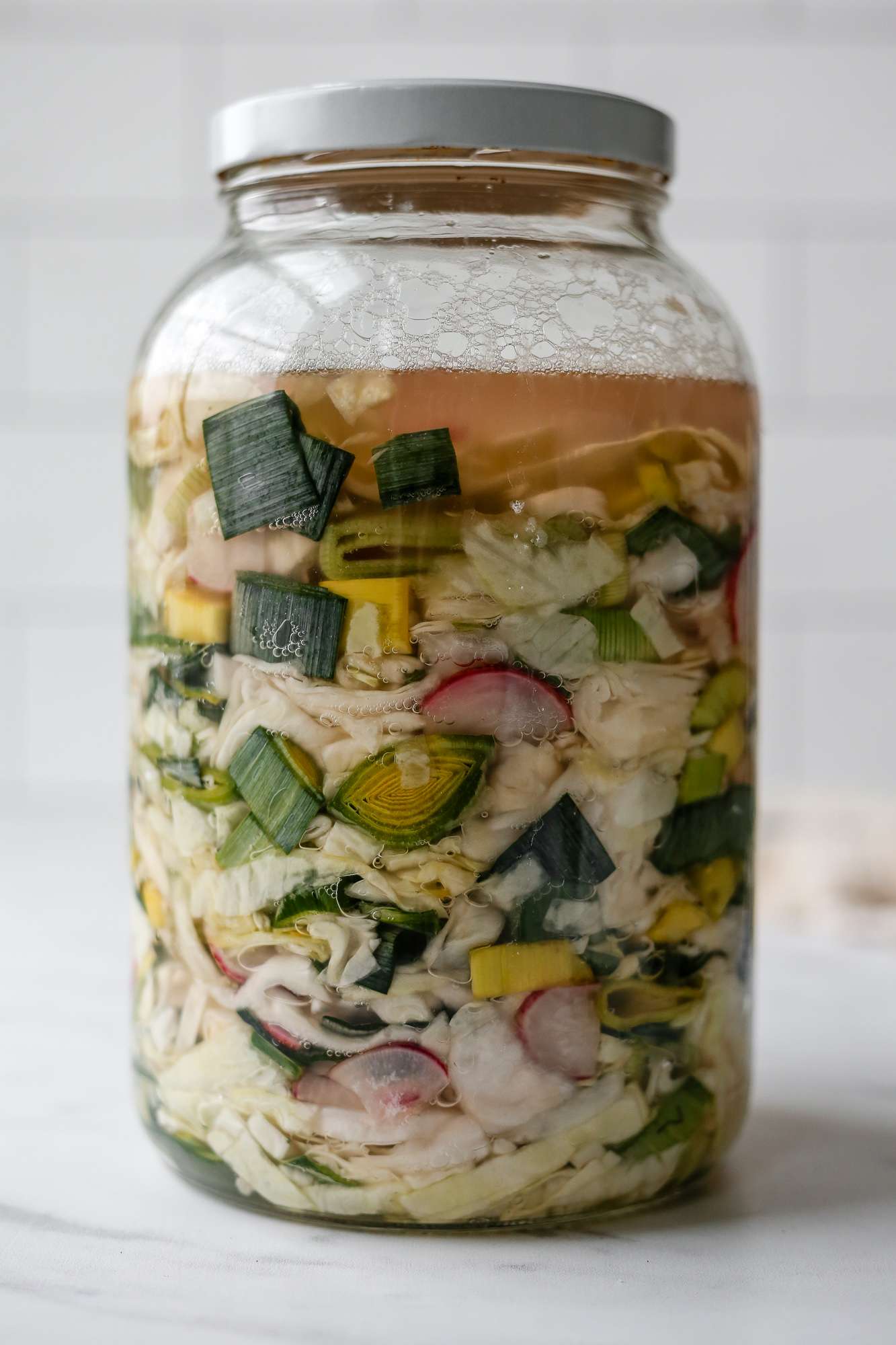
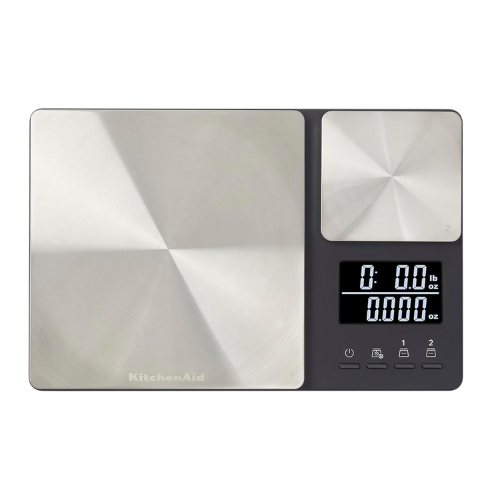
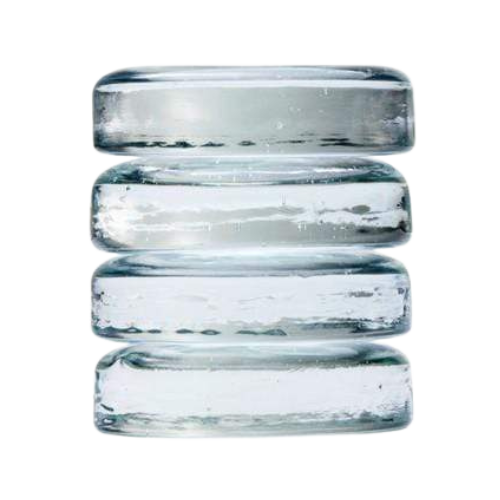
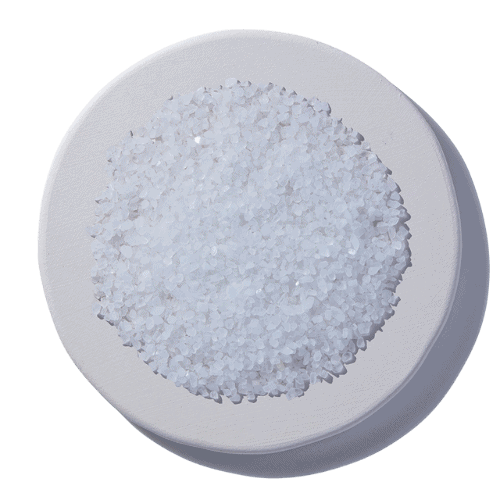
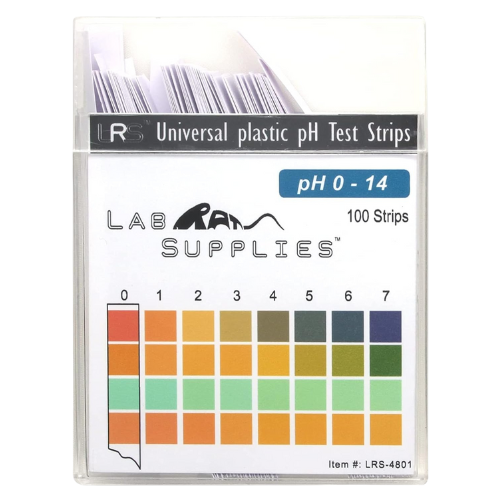
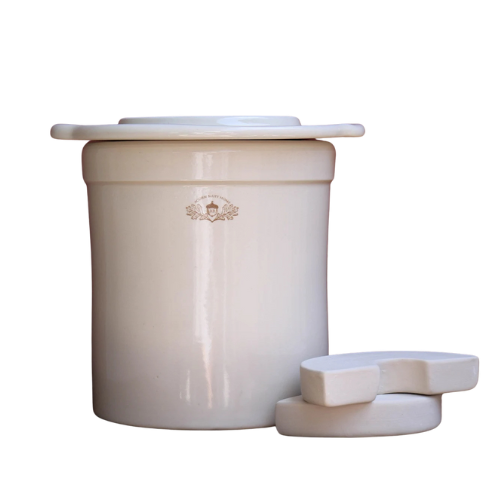


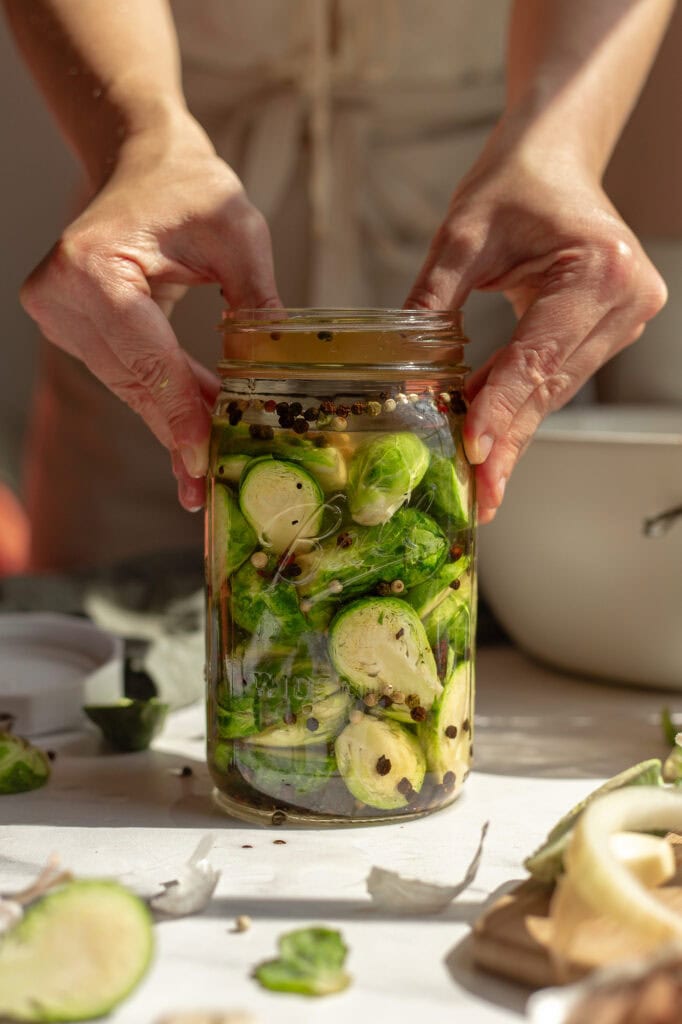


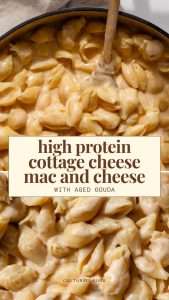


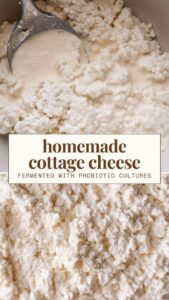
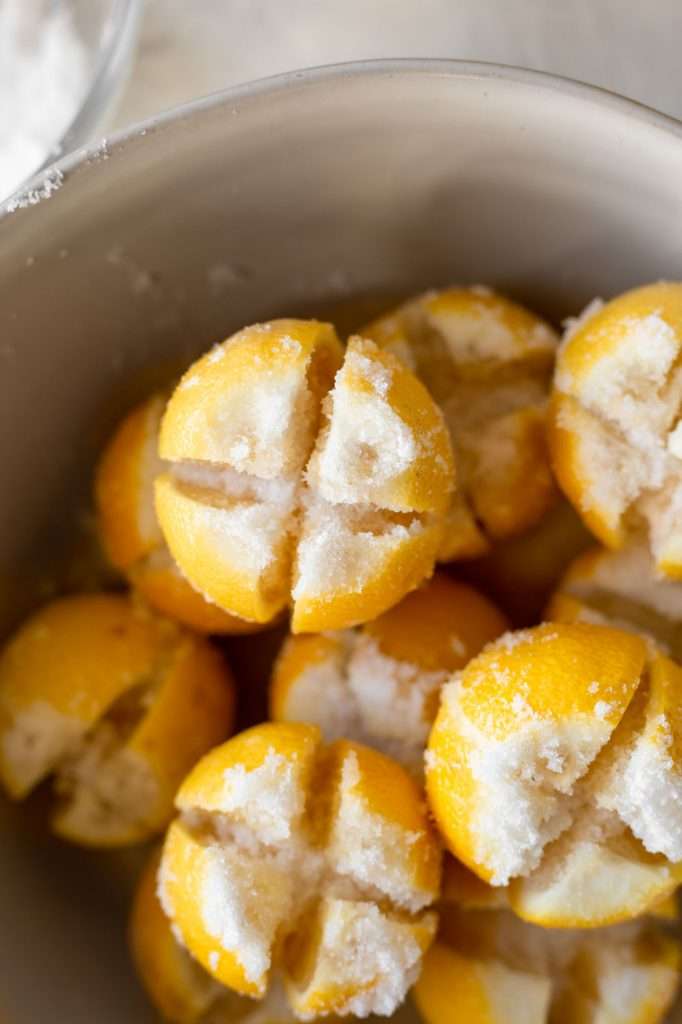
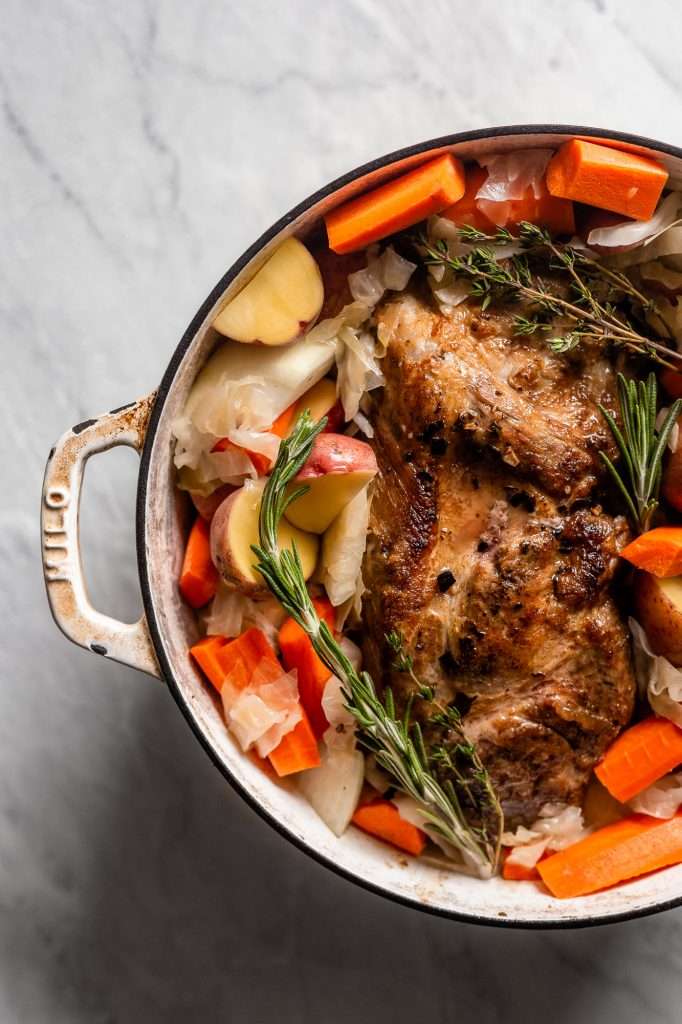
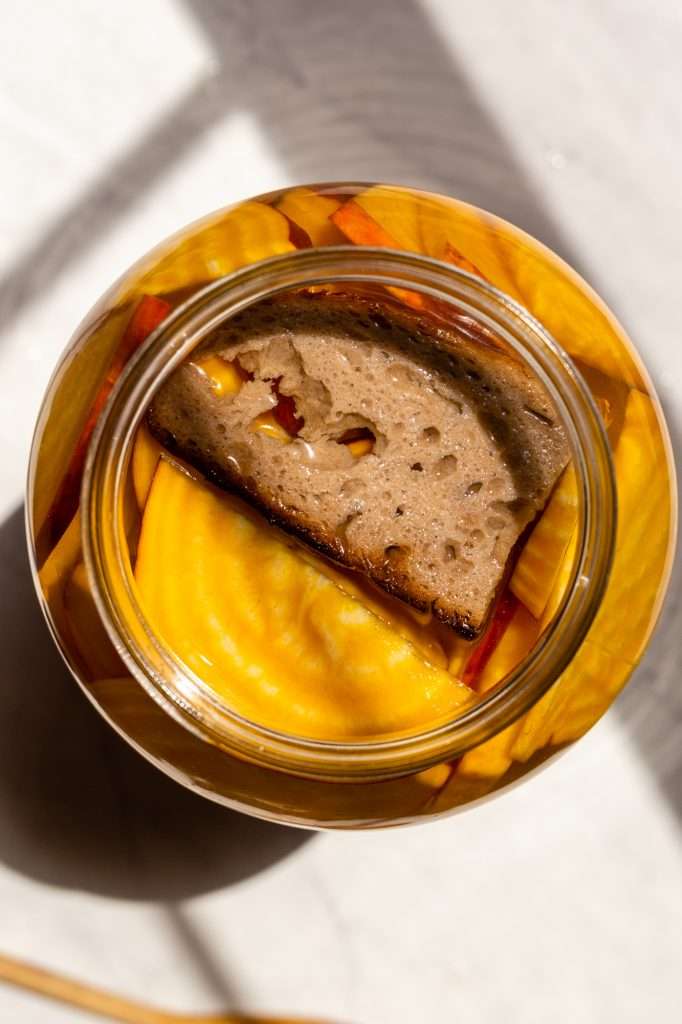
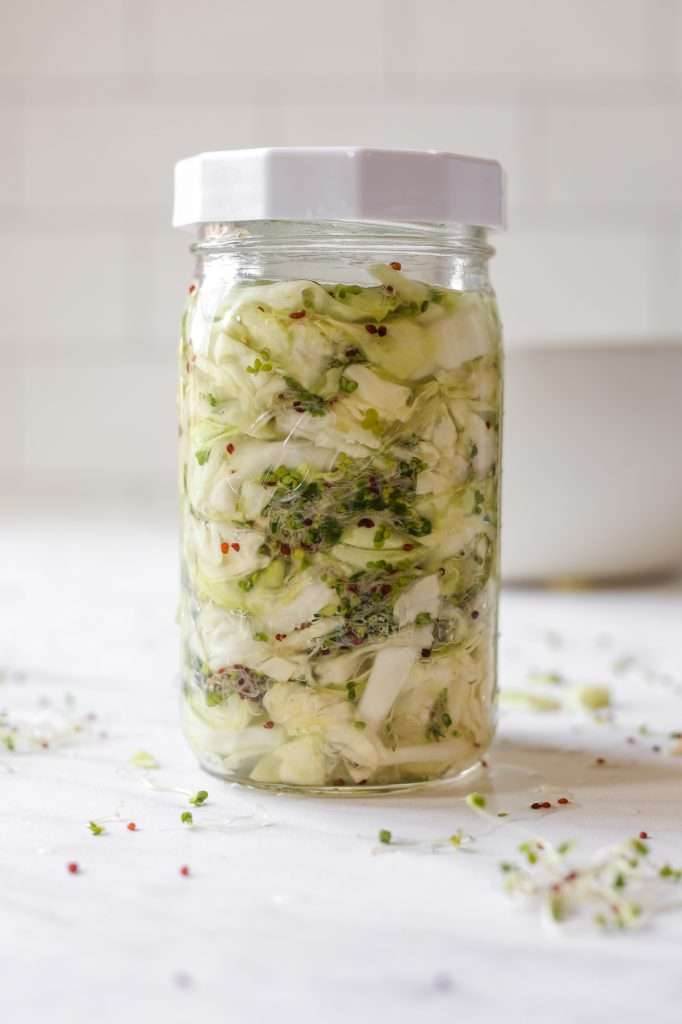
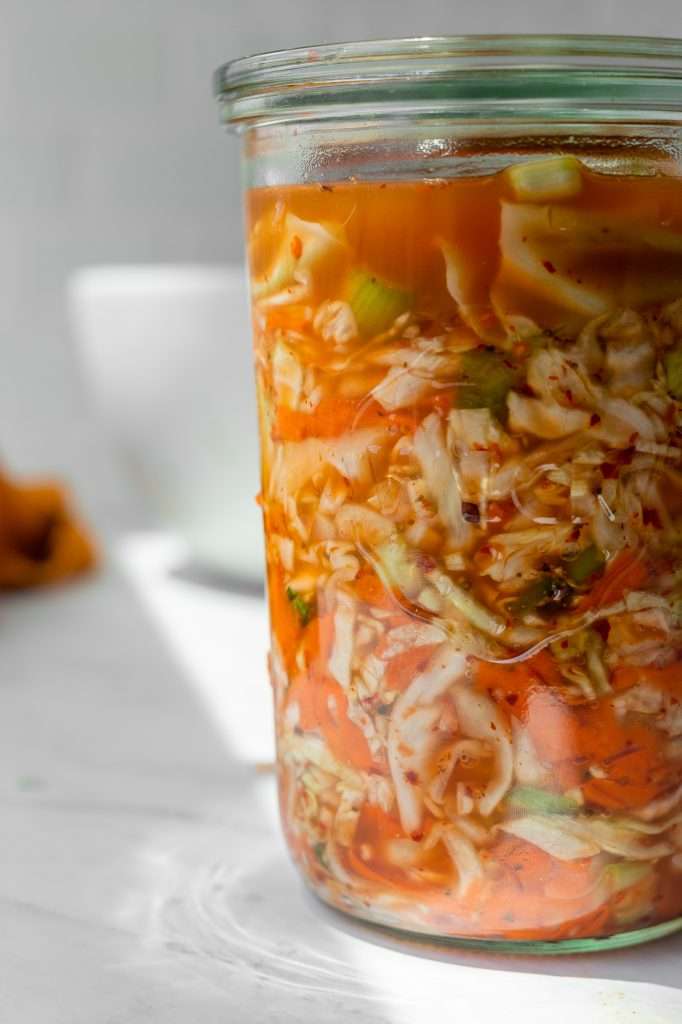


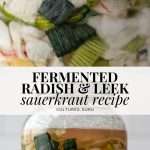
Hi! Do I burp it every day?
yep! every day that its bubbly, you should burp the jar and check to make sure everything is staying submerged. If you need to, you can open up the jar and tamper everything back down, then replace the lid.
Incredible recipe, but does one decant the kraut into smaller jars to fit into the fridge? Most fridges are not designed to accommodate these larger fermentation jars.
So glad you enjoyed the recipe! Yes, you can jar it into smaller jars to keep in the fridge.